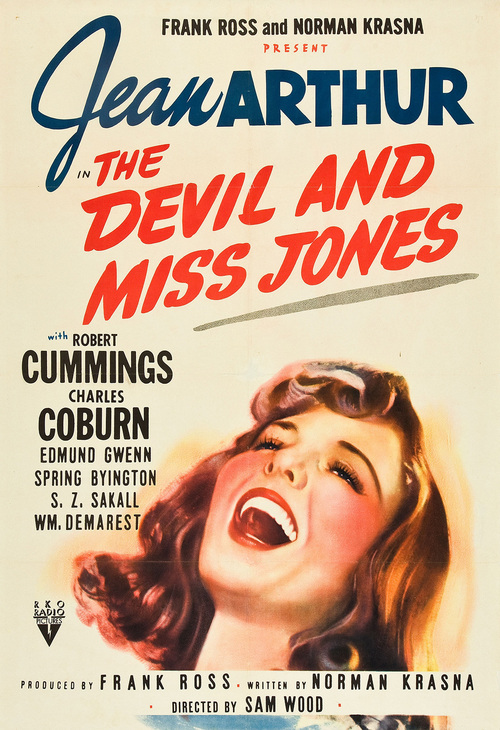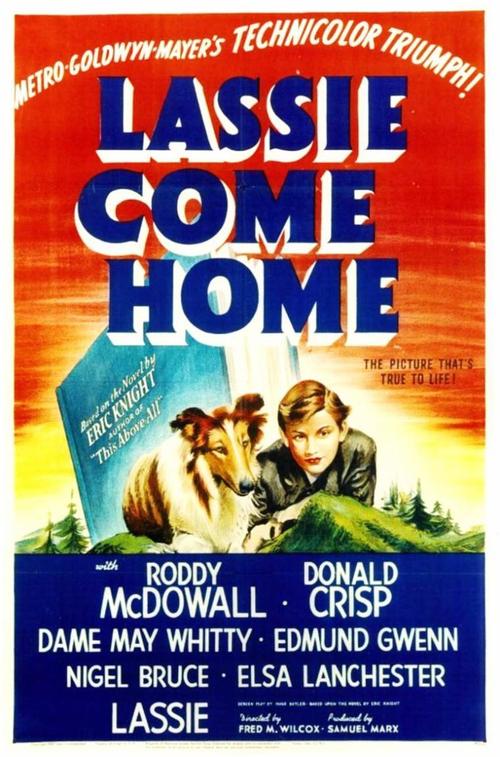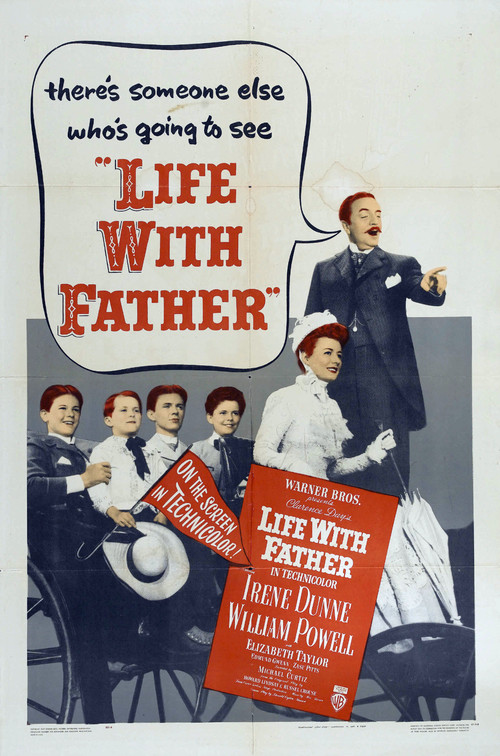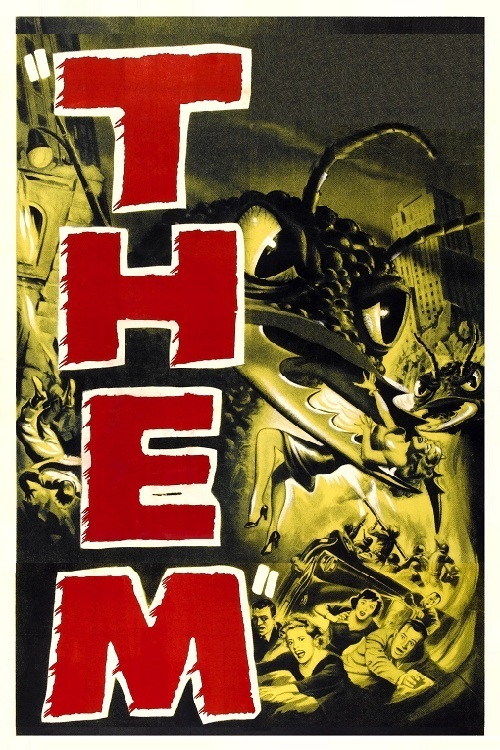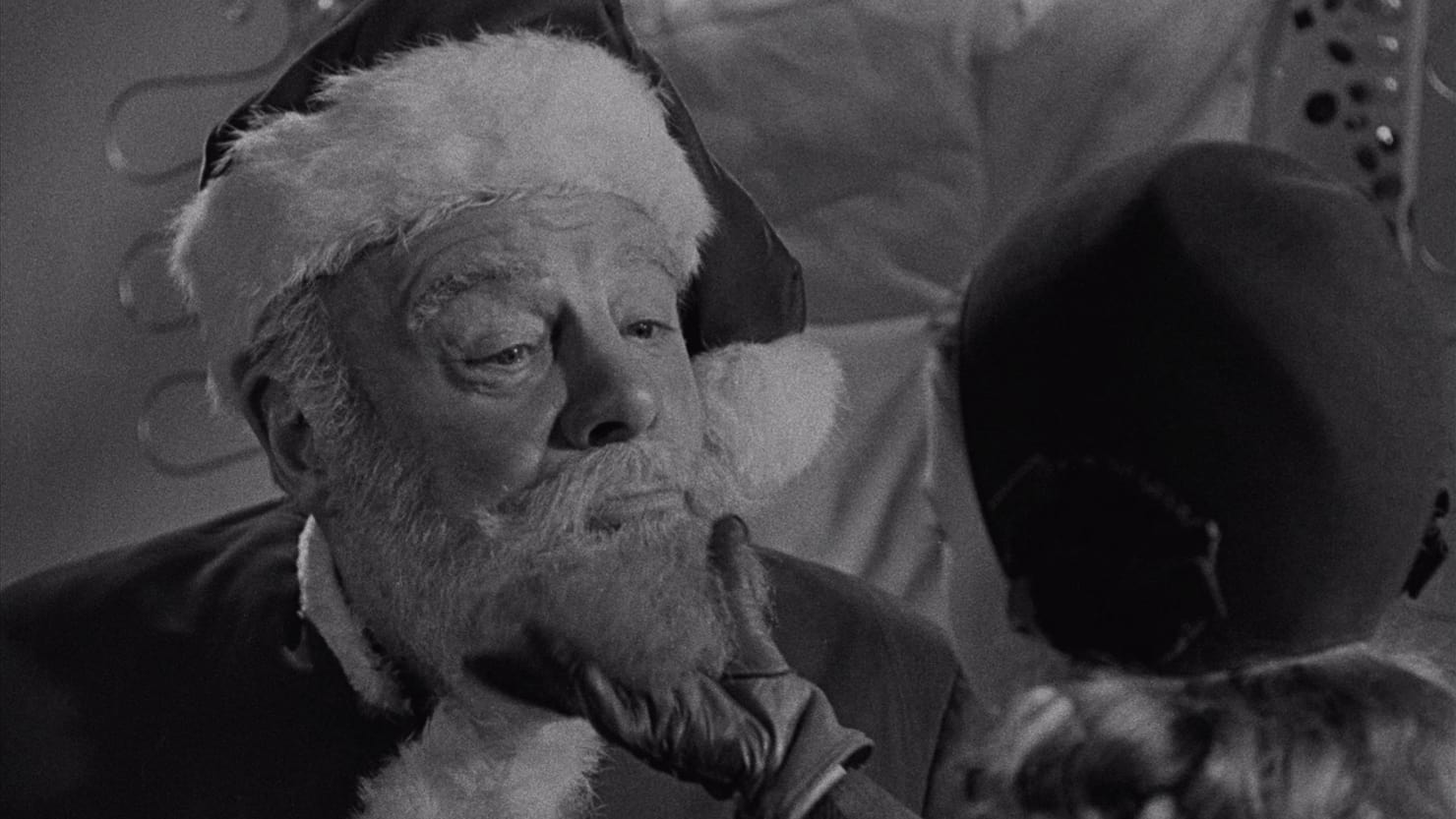
After World War 2, as the world faced the sobering reality of the Atomic Age, Hollywood films would go darker to reflect this mood, shifting from wartime propaganda and lighter fare to the more unsettling terrain of film noir and doomsday science fiction.
But just before that happened, the industry managed to produce three enduring Christmas classics in the space of one year: “It’s a Wonderful Life,” “The Bishop’s Wife,” and “Miracle on 34th Street.” Notably, all were nominated for best picture at the Oscars, though none won.
Of these exalted three, I realized the one I’d never written about was “Miracle,” having always preferred the other two. Over three decades had passed since I’d seen it, so earlier this week I sat myself down and watched it again . Ninety-six minutes later, I’d gained a new appreciation for this old chestnut, confirming the adage that movies don’t change, but we do.
“Miracle” tells the story of Kris Kringle, a man who gets hired by Macy’s to play Santa Claus, and then almost gets committed when he claims to be the real article. This admittedly far-fetched premise is put over with such charm that its bigger intended message about the life-enhancing power of imagination and fantasy shines right through.
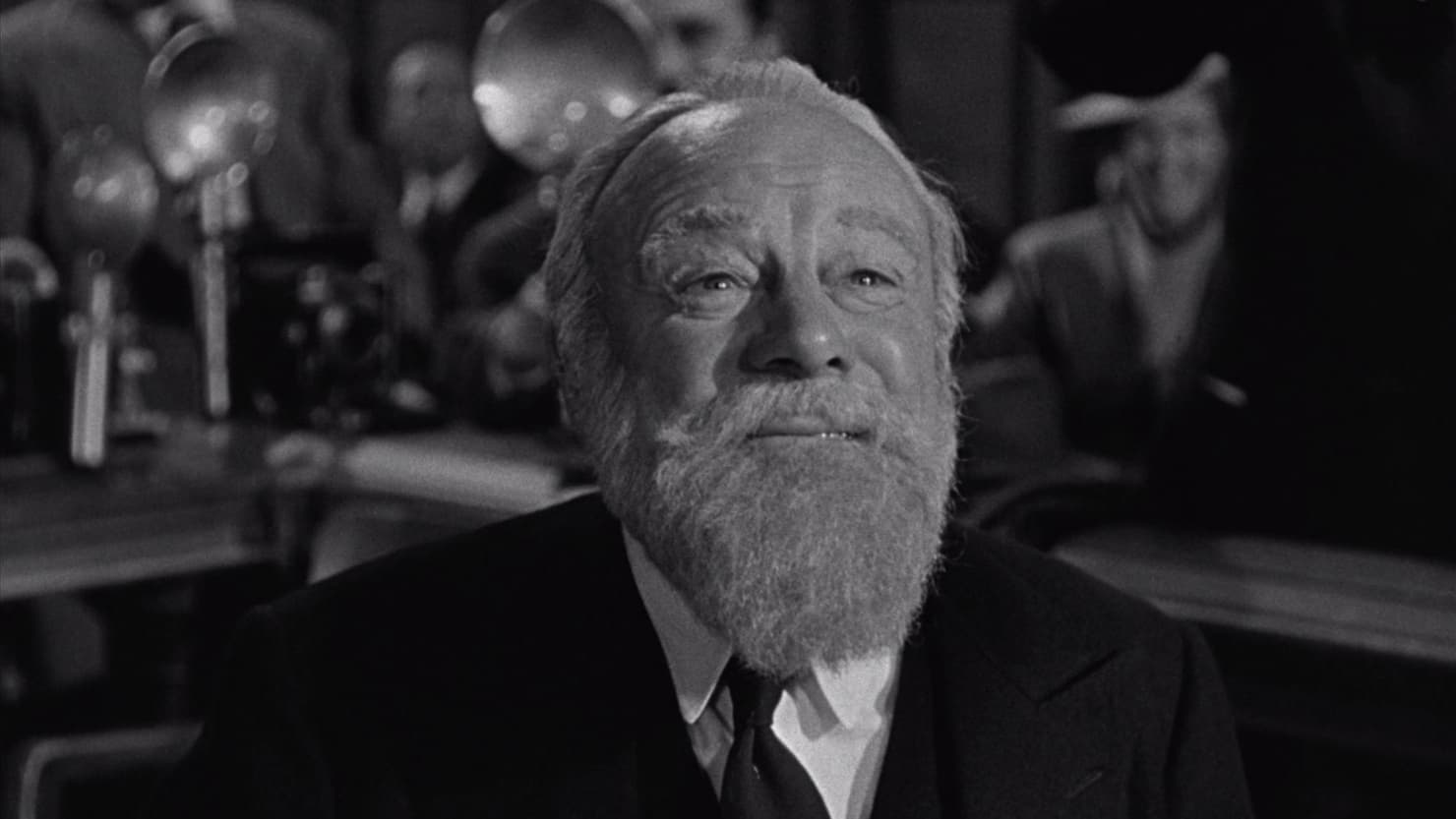
Initially, Fox studio head Darryl Zanuck was not a fan of the script. He only greenlit the project reluctantly, on a limited budget, and with an agreement from writer/director George Seaton that he would make three more features for Fox, of Zanuck’s own choosing. Of course none of these follow-ups turned out to be anywhere near as memorable.
Clearly the casting of Kris Kringle (aka Santa Claus) was all-important, and Seaton originally had character actor Cecil Kellaway in mind for it. When he turned it down, Seaton decided to keep it in the family and offer it to Kellaway’s cousin, Edmund Gwenn.
Gwenn was a diminutive Brit just shy of seventy, endowed with enormous talent and a rich, distinctive speaking voice. He was already well-established in films, with credits like “Sylvia Scarlett” (1935), “Pride and Prejudice” (1940) and perhaps most memorably, Hitchcock’s “Foreign Correspondent” (1940), where, in a far cry from Santa, he plays a shifty hitman. He’d also register in “The Trouble with Harry,” another Hitchcock film released fifteen years later.
Star power for the film would come from Maureen O’Hara, cast as Doris Walker, Macy’s director of publicity, a no-nonsense divorcee who wants her young daughter Susan (an eight-year-old Natalie Wood) to think rationally and deal in facts. A fiery-maned Irish beauty best-known for John Ford’s “How Green Way My Valley,” she had just returned to her homeland and dreaded having to come back to Hollywood, until she read the script.
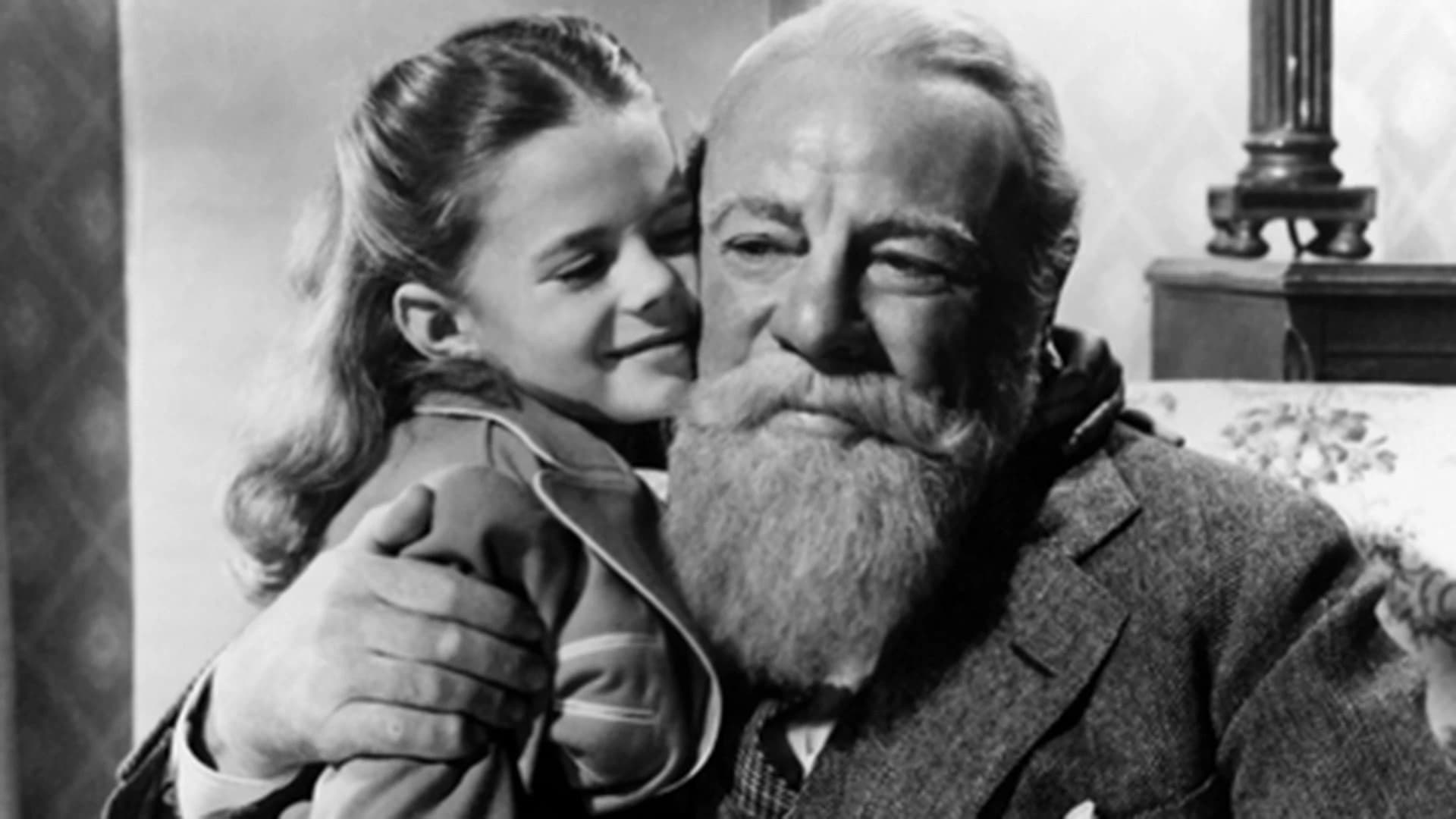
John Payne, a handsome if somewhat bland leading man hungry for more interesting parts in better films, was cast as next-door neighbor and love interest Fred Gailey. Even as he went on to score in some memorable noir classics, most notably 1952’s “Kansas City Confidential,” “Miracle” would always be his best-known movie, and his personal favorite. In fact, till the end of his days he was actively lobbying for a sequel, even writing a script draft himself.
Of course, Gwenn remains the beating heart of this film. Gaining thirty pounds for the role (which he then found difficult to take off), he positively twinkles, radiating the spirit of Christmas without hitting a false or gooey note. His foil is the adorable Wood as Suzy, the serious little girl he finally wins over. This part that would boost her fledgling career; in less than a decade, she’d graduate to adult parts and sustained stardom.
The rest of the colorful cast is populated by familiar players from the forties like Gene Lockhart, William Frawley, Porter Hall, Jerome Cowan, and playing a harried mother in her screen debut, the incomparable Thelma Ritter.
To its great advantage, the film was actually shot on location in New York City. That’s Gwenn as Santa in the actual 1946 Macy’s Thanksgiving Day Parade, and the Macy interior scenes were filmed in the flagship store. Location shooting was more the exception than the rule in those days. Here it adds a welcome dash of authenticity to this whimsical tale.
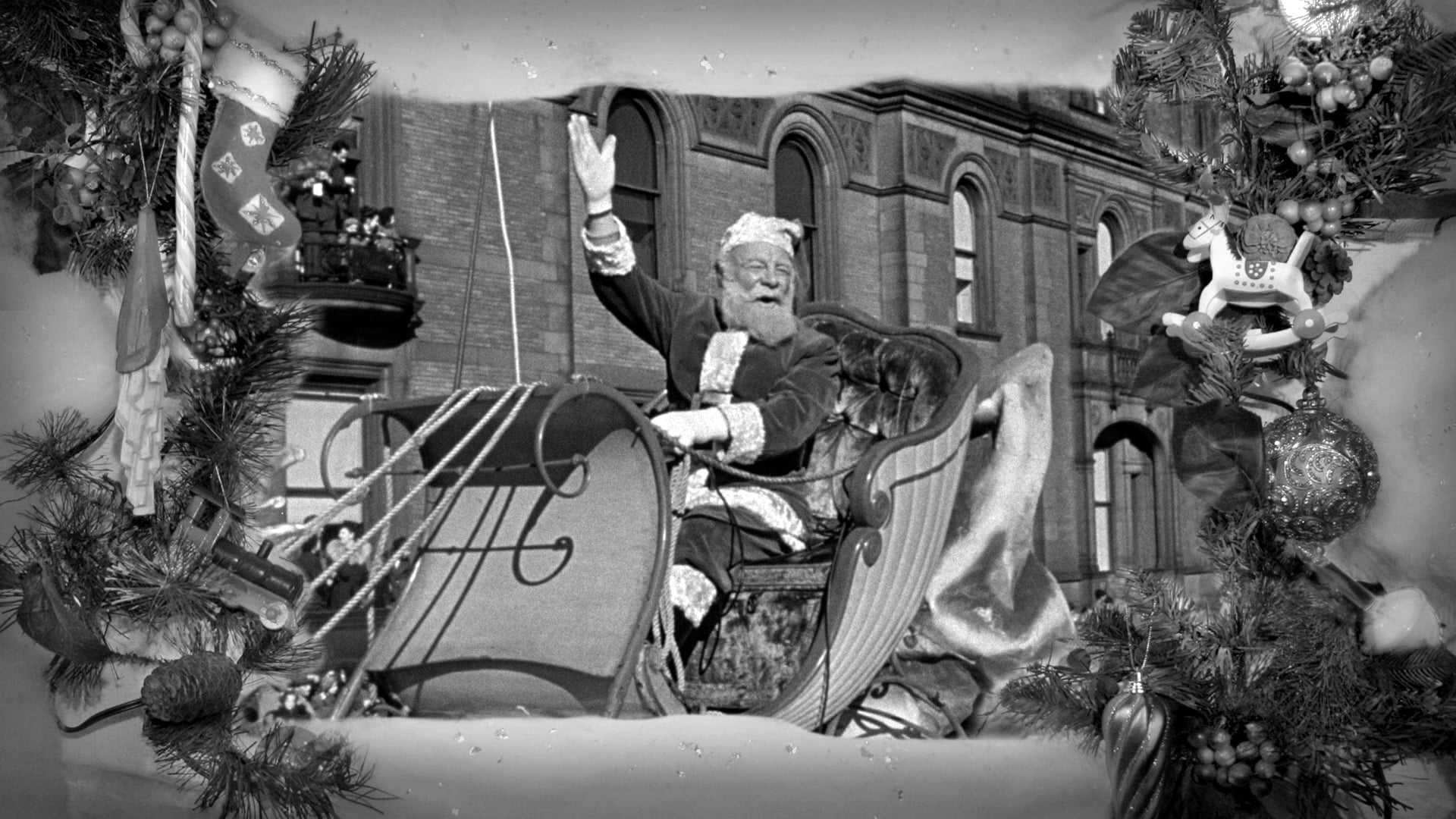
Freezing temperatures aside, it was by all accounts a fun and happy production, with cast and crew becoming like one big family. In particular, everyone loved Gwenn, who was every bit as kind and cheerful offscreen as on-. (Supposedly young Natalie suspected he might just be the real Santa.)
Studio head Zanuck insisted that “Miracle” be released in June, since more people went to the movies during the summer months. Thus the advance promotion for this film didn’t even reference the Christmas theme. It hardly mattered: the movie opened to glowing reviews and made back four times its budget at the box office.
Becoming a perennial holiday favorite, it was first adapted to radio, then a Broadway musical in 1964 (retitled “Here’s Love”), next a 1973 TV movie, and twenty years later, another big screen adaptation with Richard Attenborough as Kris. None of these fully captured the magic of the original.
All these years later, “Miracle On 34th Street” makes even the most cynical viewer root for Santa Claus and all he represents, not to mention our inalienable right to believe in him.
Accepting his Oscar for Best Supporting Actor at the 1947 Academy Awards, Edmund Gwenn quipped, “Now I know there’s a Santa Claus.”
Amen, Mr. Gwenn, and Merry Christmas to all!
More: Why "The Bishop's Wife" Is Our Most Underrated Christmas Classic
How "It's a Wonderful Life" Went From Box Office Flop to Christmas Classic
